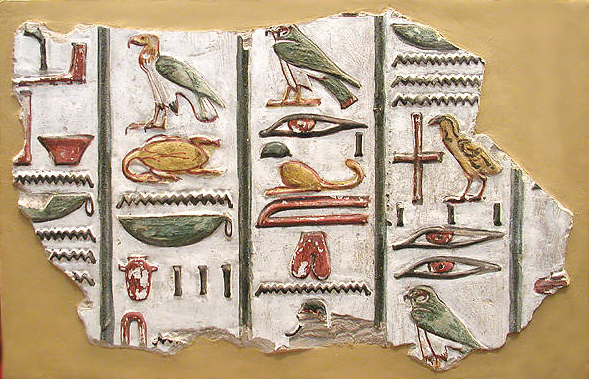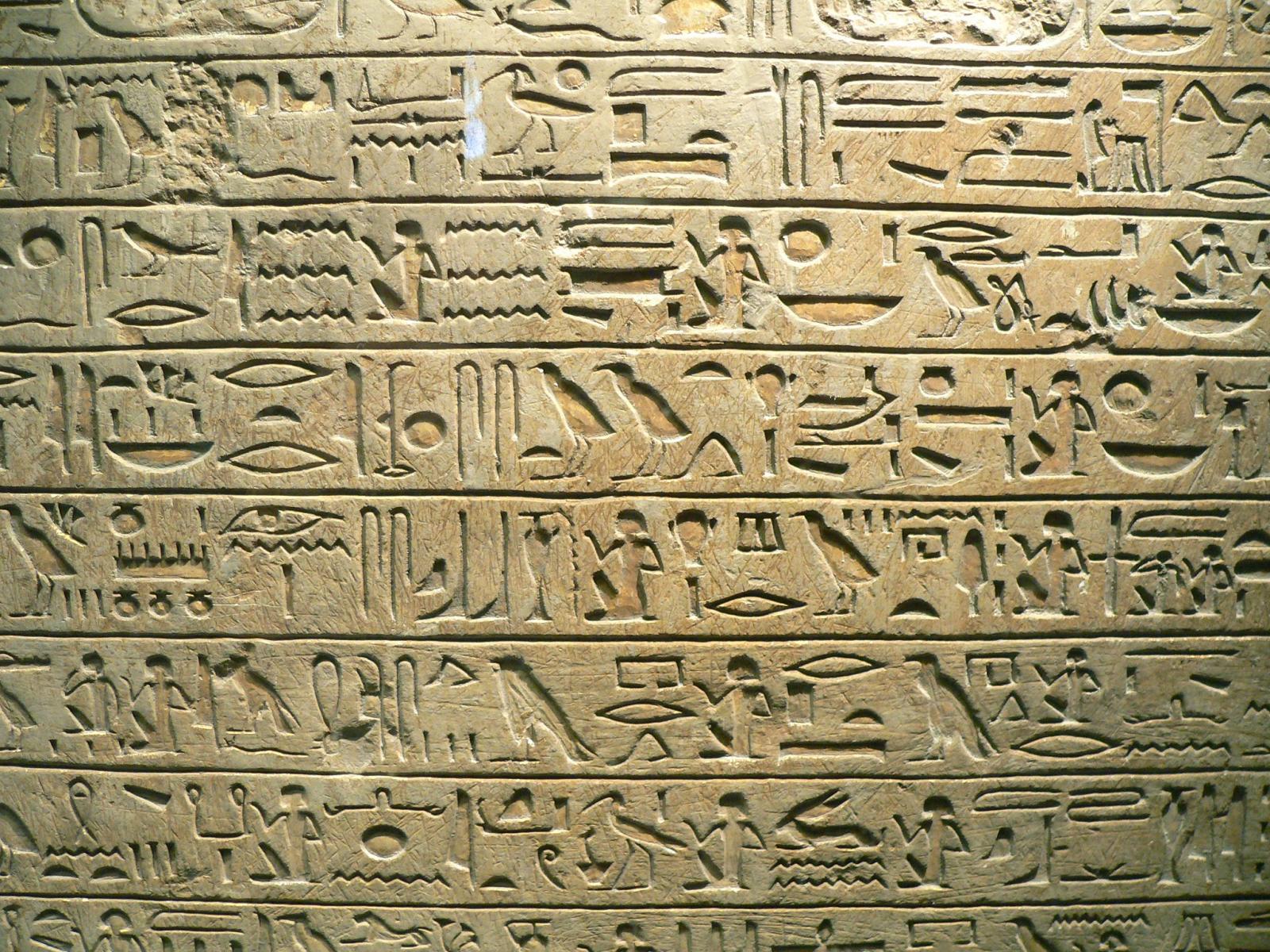Yo, whazzup!

Later on I found out that writing systems like this one are called logographic writing systems and each individual character is called a logogram. While I logically understand that it is a family of complicated and "inefficient" writing systems requiring years of study for even rudimentary reading skills (for comparison in most alphabetic writing systems (I'm looking at you English) reading skills can be acquired in less than a week), I can't help but admire it. It is interlingua at its most basic level: We abstract the language (pronunciation) and we focus on the concept, delivered through a very basic medium: a pictogram, directly into the conciousness! Obviously there're plenty of practical issues with it: the drawing of abstract notions is hard, drawing itself is hard, standardization is hard... BUT nevertheless they are beautiful and I love them.
Hanzi of the day!
As part of my efforts to master Chinese, I have decided to write about interesting (or at least what I consider interesting) characters that I encounter. I focus on character origin or invented mnemonics to help remember it better and today I will start with 破
破 pinyin: pò is a composite character consisting of the radical 石 (rock) and the phonetic element 皮 (skin). It has a lovely mnemonic: Put a stone against your skin hard enough and you will break it! Now, if we remember the basic components 石 and 皮 we can logically infer the meaning of their combination for free!
Have a lovely day studying Chinese!
Nick

